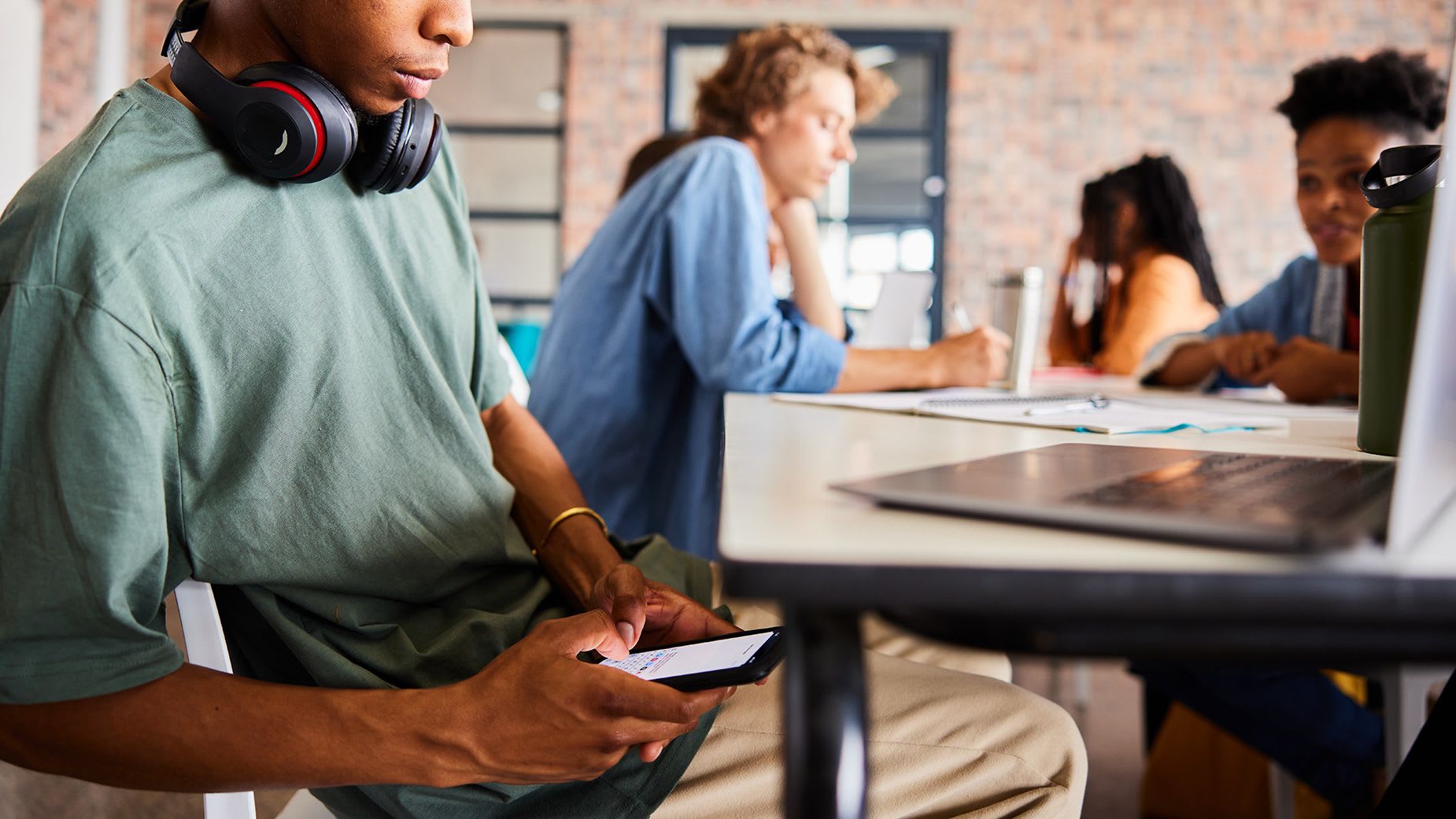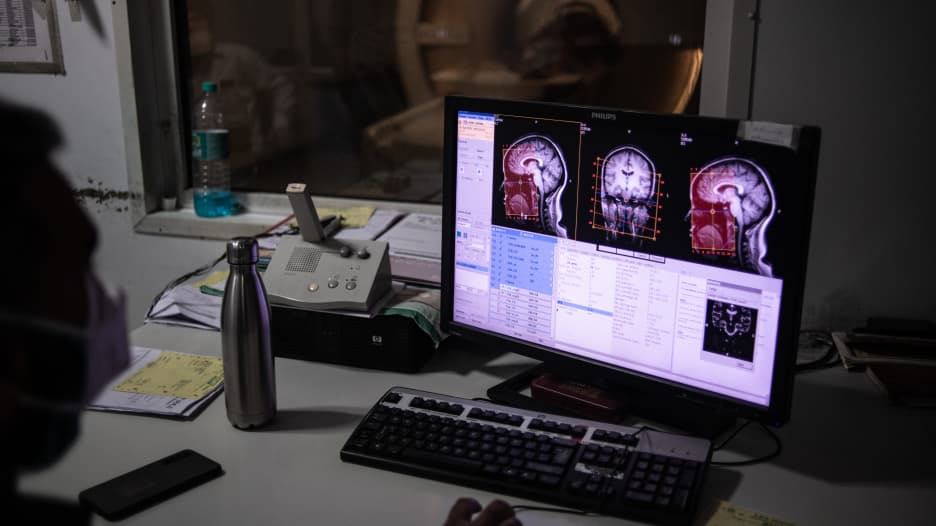دبي، الإمارات العربية المتحدة (CNN)-- يستلم المراهقون ما يصل إلى 237 إشعارًا أو أكثر يوميًا على هواتفهم الذكية، وفقًا لما ذكره تقريرٍ جديد.
وفي بيان صحفي، قالت المؤلفة المشاركة لتقرير نشرته منظمة "Common Sense Media" غير الربحية، والتي تساعد الأطفال، وأولياء الأمور، والمدارس على تصفح وسائل الإعلام الدكتورة جيني راديسكي الثلاثاء: "أصبحت الهواتف الذكية عنصرًا دائمًا وقوة مدمرة أحيانًا في حياة الشباب".
وأضافت راديسكي، وهي أيضًا مديرة قسم طب الأطفال التنموي والسلوكي في مستشفى "سي إس موت" للأطفال بجامعة "ميشيغان" أنه "بما أنّ الصناعة فشلت في تقديم خيارات أفضل للشباب للتعامل مع هواتفهم الذكية، يعمل المراهقون بجد ليكونوا على دراية بميزات التصميم، ومعرفة كيفية وضع الحدود".
وتستند نتائج التقرير إلى نحو مئتي شاب، تتراوح أعمارهم بين 11 و17 عامًا، يستخدمون الهواتف الذكية التي تعمل بنظام "أندرويد"، والذين سمحوا بجمع بياناتهم، كما أنّها تستند إلى التعليقات الواردة من المجلس الاستشاري للشباب التابع لمنظمة "Common Sense Media" بشأن البيانات.
ويتألف المجلس من شباب يساعدون في تفسير البيانات لفهم العلاقات التي تربط الشباب بهواتفهم.
وجاءت حوالي ربع الإشعارات خلال ساعات الدراسة، وهي نتيجة، قال الباحثون إنّها تدّل على أن الهواتف والتطبيقات يمكن أن تُحسّن في تقليل التنبيهات غير الضرورية في الأوقات التي لا ينبغي فيها إزعاج المراهقين، خاصّةً خلال ساعات الدراسة.
واستخدم غالبية المشاركين هواتفهم مرة واحدة على الأقل لـ43 دقيقة في المتوسط.
ولكن استخدم بعض المراهقين هواتفهم لأكثر من 6 ساعات خلال تلك الفترة.
وفي رسالة عبر البريد الإلكتروني، كتب عالم النفس المقيم في مدينة شيكاغو الأمريكية، والذي لم يشارك في التقرير، جون دافي: "أعمل مع المراهقين والشباب لـ40 ساعة في الأسبوع تقريبًا.. هذا البحث يدعم الحقيقة 100%".
وشرح دافي: "حتّى أثناء جلسات العلاج، يتلقى المراهقون إشعارات بكمٍ مذهل، ولعشرات المرات أحيانًا في كل جلسة"، مضيفًا: "بينما يقوم الكثير من البالغين بإيقاف الإشعارات، أو إغلاق هواتفهم أثناء وجودهم في الفصل، أو اجتماع مهم، أو أثناء أداء الواجبات المنزلية، يميل المراهقون إلى إبقائها مفتوحة".
وأوضح دافي: "هناك دافع يجذبهم للنظر لكل إشعار يتلقونه على حدة. ونتيجة لذلك، يَتشتّت انتباههم"، لافتًا إلى أن "الاستخدام المفرط للهواتف الذكية، والشعور بضرورة الردّ، وهو ما تعرض له بعض المراهقين، قد يكون مثيرًا للقلق والتوتر".
وعلاوةً على ذلك، لا تأتي إشعارات المراهقين من الأصدقاء فقط، ووسائل التواصل الاجتماعي، ولا تتمحور حول الرياضة، أو شائعات المشاهير فقط، بل أيضَا حوادث إطلاق النار في المدارس، وغيرها من الأحداث المأساوية.
وأكّد المؤسس والرئيس التنفيذي لشركة "Common Sense Media"، جيمس بي. ستاير، أنّ النتائج "توضّح وبشكلٍ كبير أنّ المراهقين يناضلون من أجل إدارة استخدامهم للهواتف، الأمر الذي يؤثر بشكلٍ خطير على قدرتهم على التركيز، والصحة العقلية بشكلٍ عام".
ورأى الخبراء أنّه يمكن للبالغين القيام بالمزيد لمساعدة المراهقين والأطفال على تطوير عادات صحية عند استخدام هواتفهم الذكية.
وقال ستاير: "يحتاج الشباب إلى المزيد من الدعم من أفراد الأسرة، والمعلمين، بالإضافة إلى حواجز حماية واضحة من التقنيين الذين يصممون هذه الأجهزة عمدًا لتسبب الإدمان على حساب رفاهية الأطفال".
وأوضح دافي: "أشجع الآباء والمراهقين الذين أعمل معهم على إيقاف الإشعارات، وتفقدها لعدة مرات في اليوم فقط".
وشمل التقرير وجهات نظر المشاركين حول كيفية محاولتهم تحقيق التوازن عند استخدام هواتفهم، وذلك عبر تجنب النظر لهواتفهم كليًا أثناء ساعات الدراسة خشية قضاء وقتًا أطول ممّا ينبغي في استخدامها من دون قصد على سبيل المثال.
وبدأ بعض المراهقين، الذين أثرّ استخدام الهاتف على مواعيد نومهم، بوضع أجهزتهم في غرفة أخرى خلال فترة الليل.
وفي التقرير، شجعت منظمة "Common Sense Media" الآباء على مساعدة المراهقين لتحديد التطبيقات التي تبقيهم متيقظين قبل النوم، والتطبيقات التي تهدئّهم، وذلك من أجل تقليل الضرر على الأقل في حال تم استخدام الهاتف ليلاً.
وبالنسبة للأطفال الذين يستخدمون هواتفهم لتخفيف الضغط بعد المدرسة، يمكن للأهل أيضًا مساعدتهم على تعلّم كيفية تحقيق ذلك بطرق أخرى.







